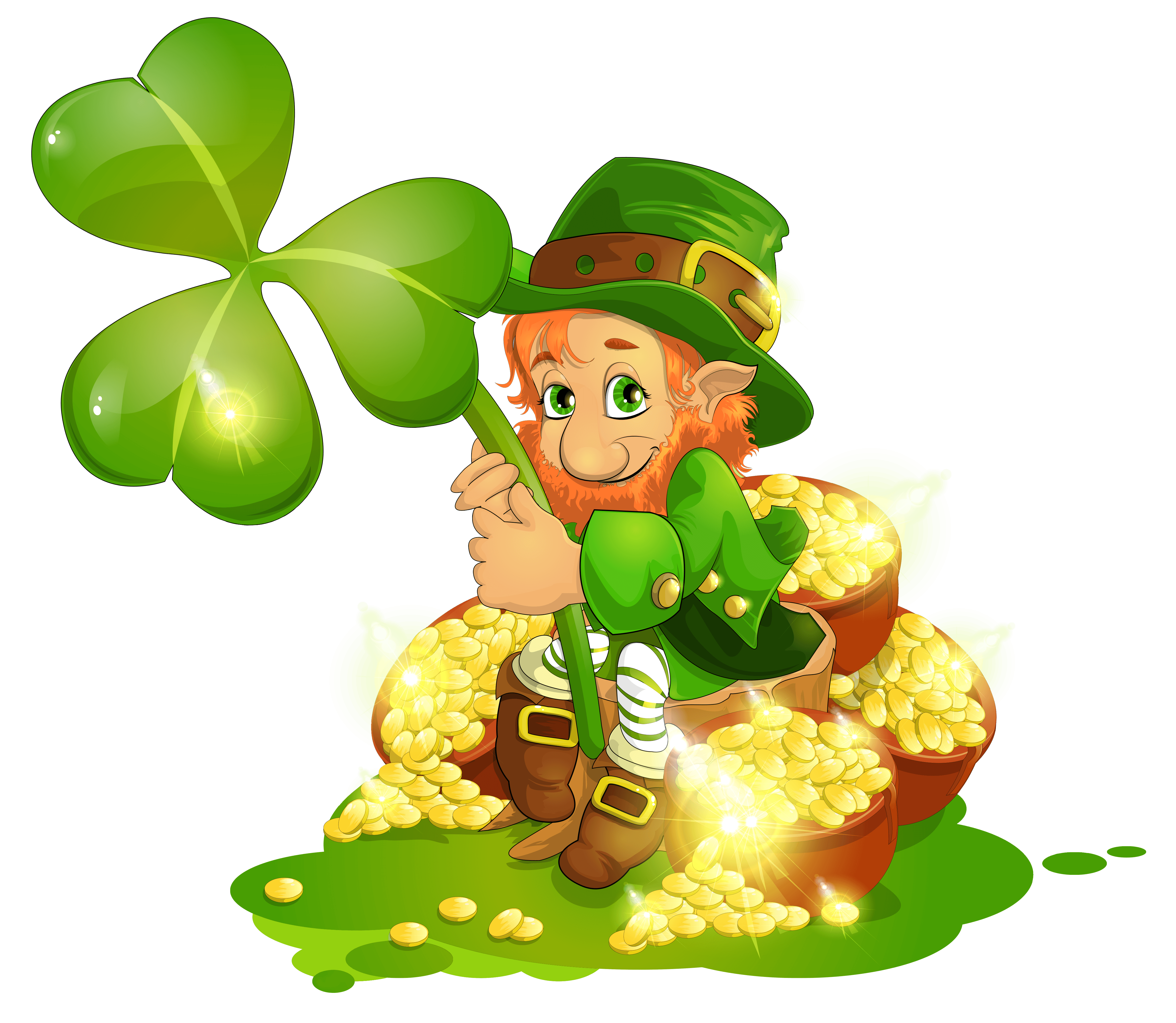Gallery
Photos from events, contest for the best costume, videos from master classes.
 |  |
 |  |
 |  |
 |  |
 |  |
 |  |
St. Patrick's Day history: What to know about celebrations honoring patron saint of Ireland. A popular sight around the holiday is the shamrock, or three-leaf clover, linked to Ireland and St The Shamrock. It’s Ireland’s most famous emblem. While most commonly associated with luck, good fortune, and St. Patrick’s Day, the Shamrock has a very interesting back story that’s worth exploring. Unfortunately, not everyone is familiar with the history of the Irish Shamrock, which is the national flower of the Emerald Isle. The origins of an Irish Shamrock has a long and clouded history. The four-leafed clover makes its grand return for a one-off special to celebrate St Patrick's Day. Its legacy, however, remains all year long with the world reveling in the opportunity of coming across one in their day-to-day lives, citing its lucky properties. Though St. Patrick’s Day was officially placed on the Christian calendar in the early 1600s, the Irish people had been paying homage to their beloved saint in more localised and informal ways for hundreds of years. Bobby Flay shares St. Patrick's Day recipe The famous chef serves up his take on St. Patrick's Day with New York strip steak topped with "shamrock" butter and a side of roasted cabbage. March 17, 2025 As St. Patrick’s Day approaches, grocery stores or floral shops will sell an attractive “shamrock plant.” This imposter is a plant from the genus Oxalis , a member of the wood sorrel family. The Shamrock in Irish History. During the 18th century, the shamrock gained additional significance during Ireland’s struggle for independence. It was used as a symbol of resistance and rebellion by groups like the United Irishmen. Today, it remains a cherished icon, often worn on St. Patrick’s Day or displayed in Irish cultural The Myth Behind Saint Patrick’s Day. Let’s strip the commercial gloss for a moment. Behind the rivers dyed green and drunken parades lies a potent truth. Saint Patrick’s Day is not about beer. It is about identity. It is the day when the Irish diaspora—displaced, scattered, but never dislocated—celebrates its heritage. The Shamrock and St. Patrick’s Day Traditions. On St. Patrick’s Day, people worldwide wear shamrocks, decorate with the green clover, and partake in Irish celebrations. The shamrock is worn on lapels, embroidered onto clothing, and even painted on faces as a tribute to Ireland’s patron saint. the staff of the Ridgewood blog. Ridgewood NJ, every March 17, the world turns a little greener in celebration of St. Patrick’s Day.From leprechauns and shamrocks to parades and pints of Guinness, the holiday is packed with traditions—some deeply rooted in Irish history and others purely American inventions. The shamrock is deeply rooted in Irish folklore. According to legend, Saint Patrick, the patron saint of Ireland, used the three-leaved clover as a teaching symbol during his time in Ireland in the 5th century. Over time, the shamrock became a national symbol of Ireland, representing heritage At the Oldest Irish Pub in Los Angeles, the St. Patrick’s Day Parties Are Always Legendary. Plastered shamrocks and 89 years of history at Tom Bergin’s Irish pub in Mid-Wilshire In 1937, a Shamrock bandmaster named Glenn Truax had a grand idea to host a Shamrock St. Patrick's Day Celebration. By capitalizing on the town's Irish name, he hoped to draw thousands of visitors to the Panhandle community. With help from the Shamrock Booster Club, the first St. Patrick's Day Festival was held in 1938. Seeing as St. Patrick is the patron saint of Ireland, the shamrock has been used as a symbol of Ireland since the 18th century when the shamrock was taken up as an emblem by the Irish Volunteers, who defended Ireland from the threat of invasion from Spain and France while British soldiers retreated from Ireland to fight the Revolutionary War in America. As a symbol, it encompasses the complexity of Ireland’s history, the depth of its religious traditions, and the vibrancy of its culture. Shamrock jewelry, especially during St. Patrick’s Day, allows individuals to celebrate and connect with these traditions in a personal and meaningful way. Whether worn as a symbol of luck, a statement of The shamrock remains one of the most popular symbols used on Hallmark products and cards for St. Patrick’s Day, and of course, Bradbeer says, all of the products focus on the color green. The connection between the shamrock and St. Patrick’s Day dates back to Ireland’s patron saint, St. Patrick, who is credited with bringing Christianity to Ireland in the 5th century. Teaching the Holy Trinity : According to legend, St. Patrick used the shamrock to explain the concept of the Holy Trinity—the Father, the Son, and the Holy Below is a lovely St Patrick’s day toast you can use next March: St. Patrick’s Day Toasts: Here’s to a long life and a merry one. A quick death and an easy one. A pretty girl and an honest one. A cold beer and another one. May your wishes come true, and your truth be wise. Happy St. Patrick Day, Leprechauns, castles, good luck and laughter. The shamrock became a prominent symbol of Irish identity, and its use on St. Patrick’s Day further reinforces the holiday’s connection to both St. Patrick and Irish culture. In fact, during the 19th and early 20th centuries, wearing a shamrock on St. Patrick’s Day was a sign of solidarity among Irish people, particularly during periods of The tradition of the sitting Taoiseach presenting the sitting US President with a bowl of shamrock at The White House to mark St. Patrick's Day has origins in the Truman era. In 1952, Ireland’s
Articles and news, personal stories, interviews with experts.
Photos from events, contest for the best costume, videos from master classes.
 |  |
 |  |
 |  |
 |  |
 |  |
 |  |